Space exploration has always captured the imagination of people across the globe. What once seemed impossible—reaching beyond Earth’s atmosphere—has been achieved through daring missions and remarkable technology. These groundbreaking achievements have paved the way for future exploration, transforming our relationship with space. Let’s dive into some of the most iconic moments in space history that once seemed like distant dreams.
Launch of Sputnik 1 (1957)
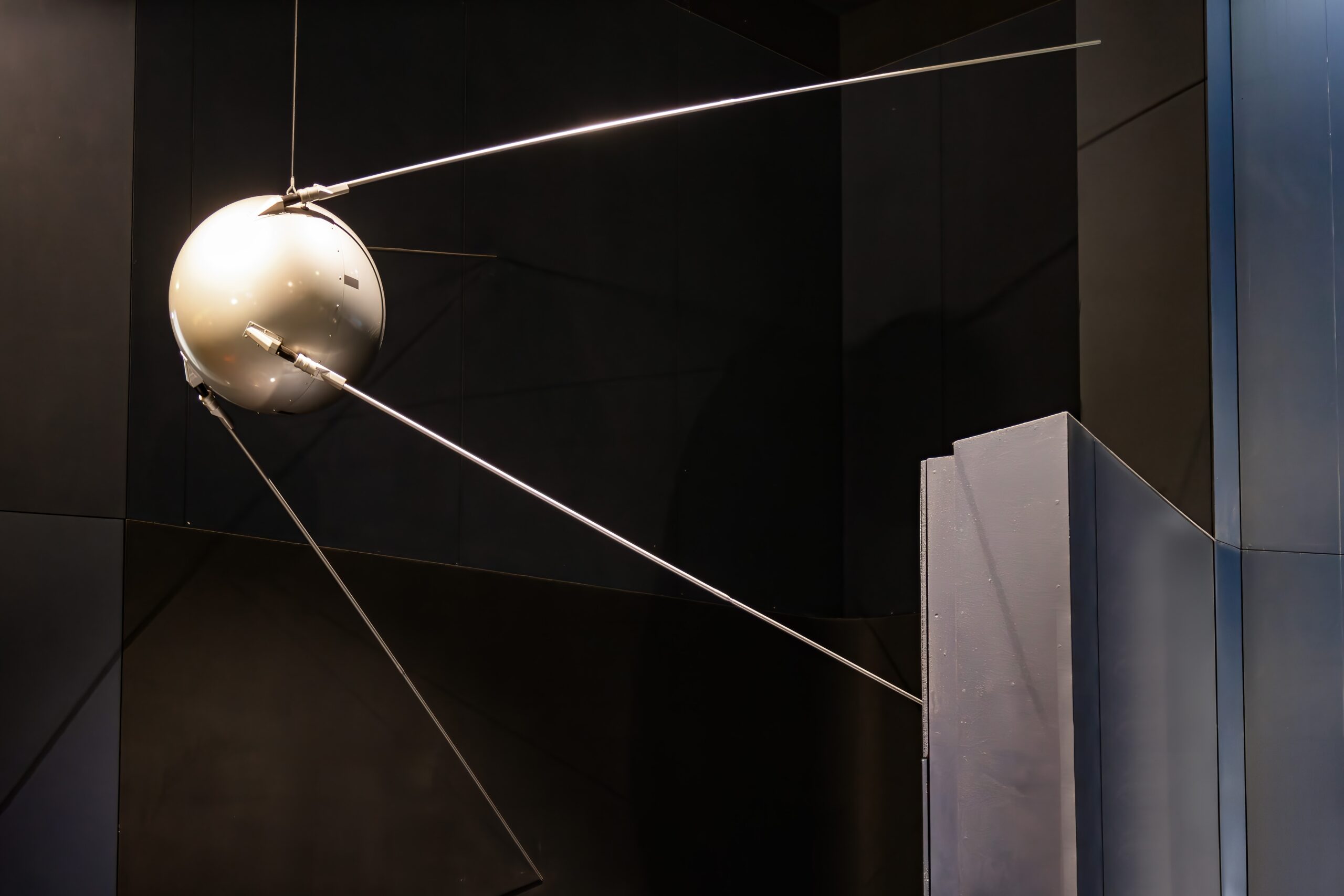
The Soviet Union’s launch of Sputnik 1 on October 4, 1957, marked humanity’s first step into the space age. Weighing only 83.6 kg and about the size of a beach ball, this small satellite orbited the Earth every 96 minutes. Sputnik transmitted a simple radio signal that could be picked up by stations on the ground, making its presence felt worldwide. Its success shocked the world, especially the United States, and catalyzed the intense Space Race between the US and the Soviet Union. Sputnik’s achievement demonstrated the feasibility of launching artificial objects into space, laying the foundation for future space missions.
Yuri Gagarin’s Flight (1961)
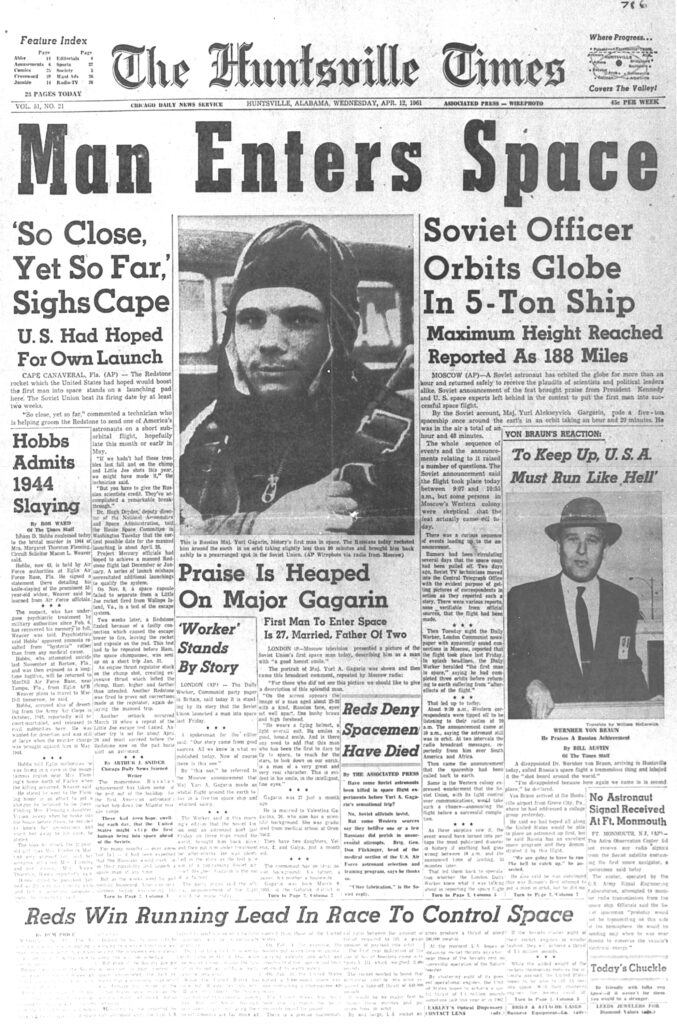
On April 12, 1961, Yuri Gagarin became the first human to travel into space, aboard the Soviet spacecraft Vostok 1. His flight lasted only 108 minutes, but its significance was enormous. Gagarin orbited the Earth at a maximum altitude of 327 kilometers, making history as the first human to leave the planet’s atmosphere. His calm demeanor and words—”I see Earth. It’s so beautiful.”—resonated globally. This monumental achievement was a victory for Soviet space efforts and inspired generations of scientists and explorers. It was proof that humans could survive and return safely from space, furthering ambitions to explore more.
Apollo 11 Moon Landing (1969)
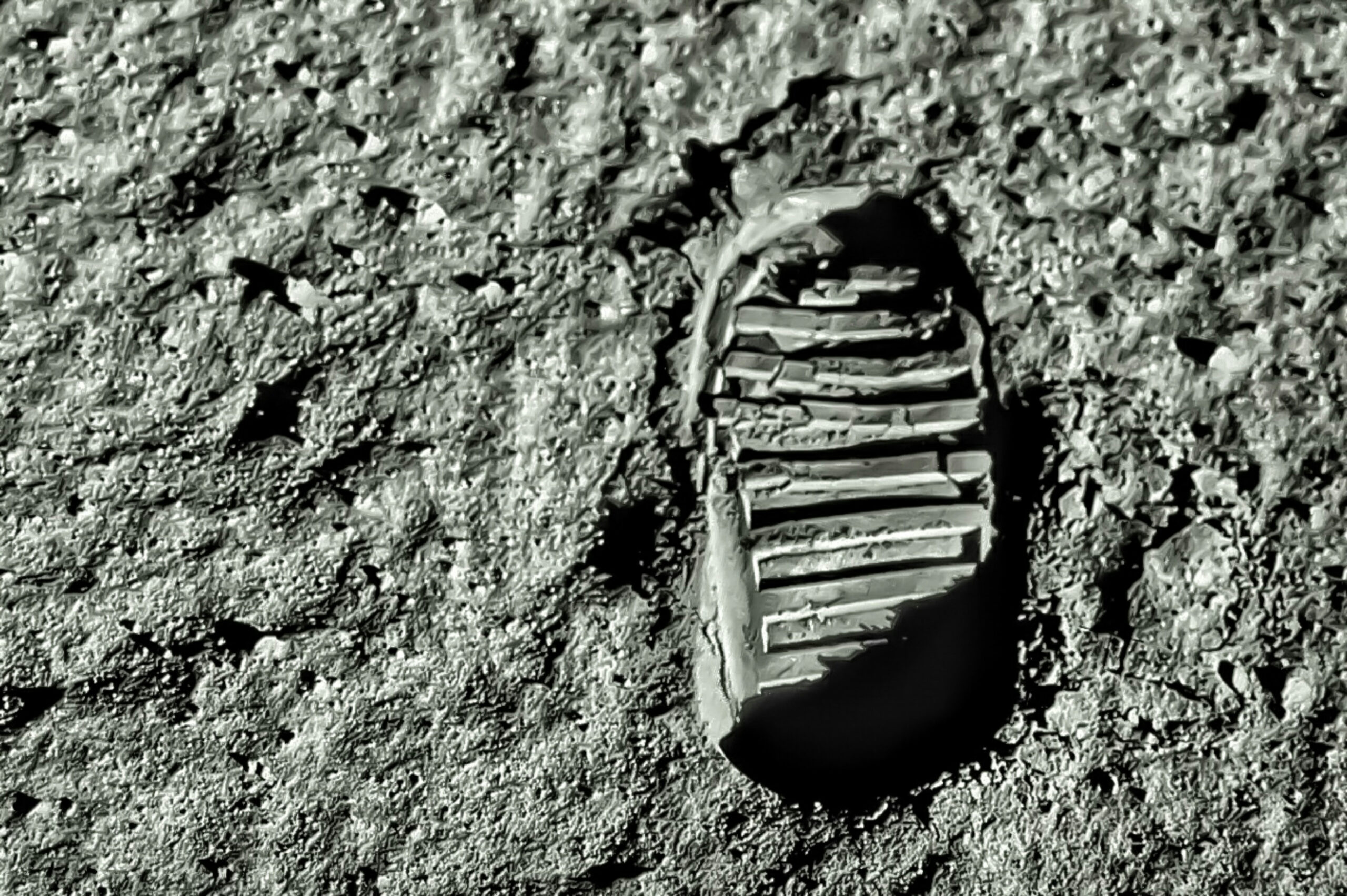
On July 20, 1969, NASA’s Apollo 11 mission made the impossible a reality: landing humans on the Moon. Astronauts Neil Armstrong and Buzz Aldrin became the first humans to walk on another celestial body, while Michael Collins orbited above in the command module. Armstrong’s famous words, “That’s one small step for [a] man, one giant leap for mankind,” marked a defining moment in history. The mission represented not just a technological triumph but a triumph of human determination. It successfully fulfilled the bold vision set by President Kennedy and demonstrated America’s dominance in space exploration, forever embedding the Moon landing in the collective consciousness.
Mars Viking Landers (1976)
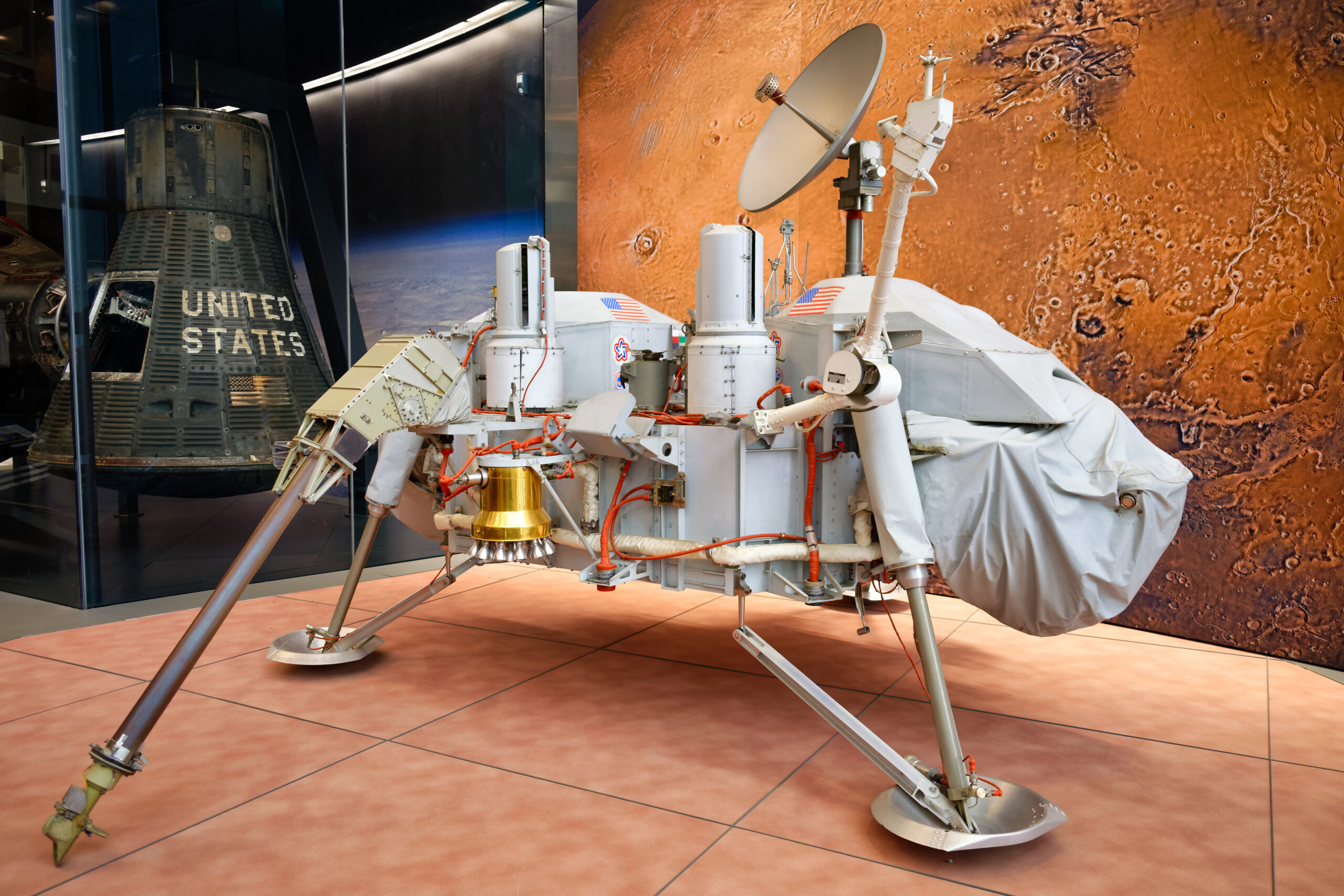
NASA’s Viking 1 and Viking 2 landers became the first spacecraft to successfully land on Mars and transmit data from the planet’s surface. Viking 1 touched down on July 20, 1976, while Viking 2 followed in September. Both landers conducted biological experiments, searching for signs of life while sending high-resolution images of the Martian surface. These missions revealed detailed information about Mars’ atmosphere, soil, and geology. The Vikings operated far longer than their expected lifespan, and their success provided crucial insights that have shaped future Mars missions, including those searching for evidence of past or present life on the Red Planet.
Voyager 1’s Journey (1977)
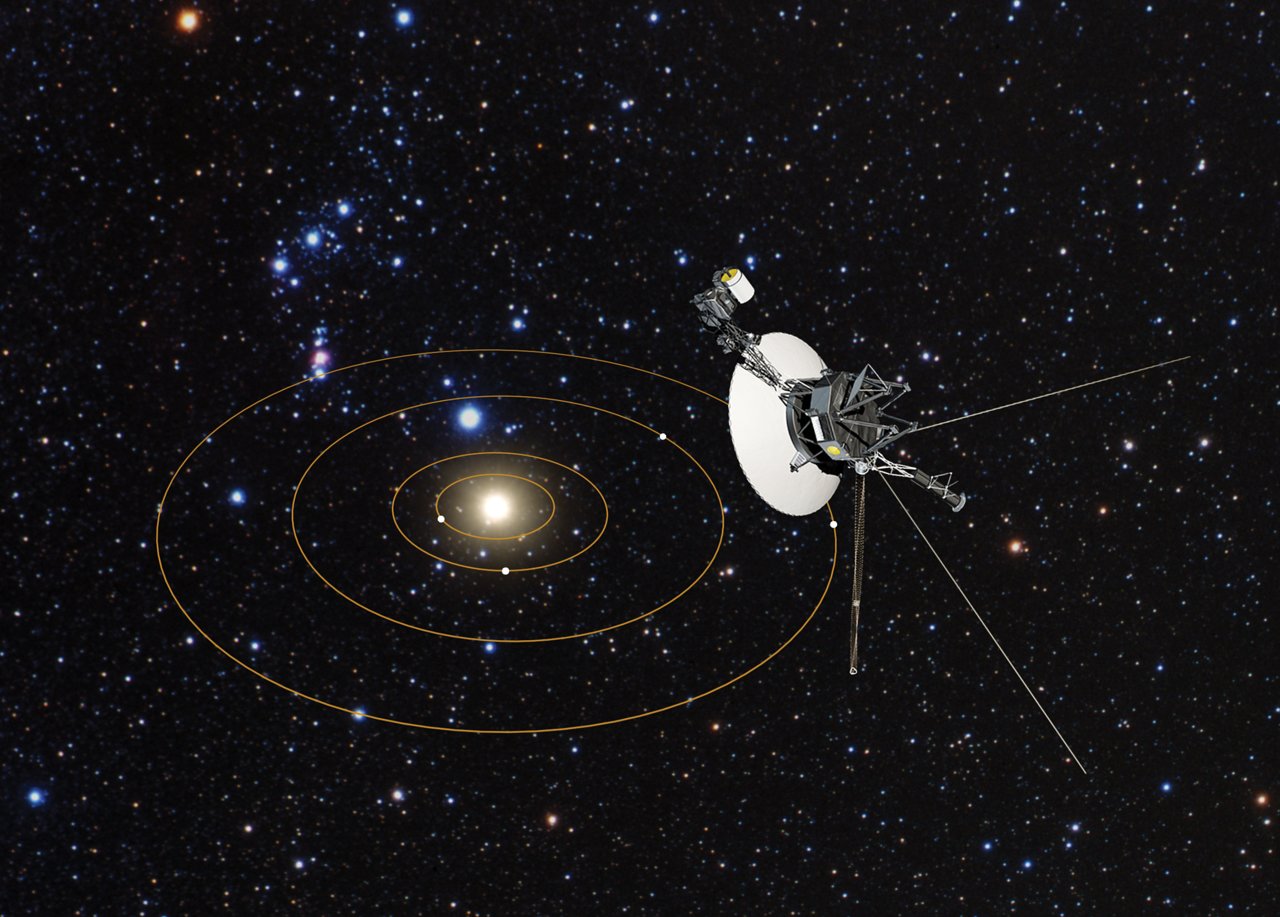
Launched on September 5, 1977, Voyager 1 set out on a mission to study the outer planets, but it didn’t stop there. After delivering detailed images of Jupiter and Saturn, Voyager 1 continued its journey, eventually becoming the first spacecraft to enter interstellar space in August 2012. The spacecraft carries the Golden Record, a 12-inch disk containing sounds and images representing Earth, meant for any extraterrestrial life it might encounter. Over 40 years after its launch, Voyager 1 still communicates with Earth, providing data from the farthest reaches of space. Its journey has expanded our understanding of the solar system and the vastness of space.
International Space Station (1998)
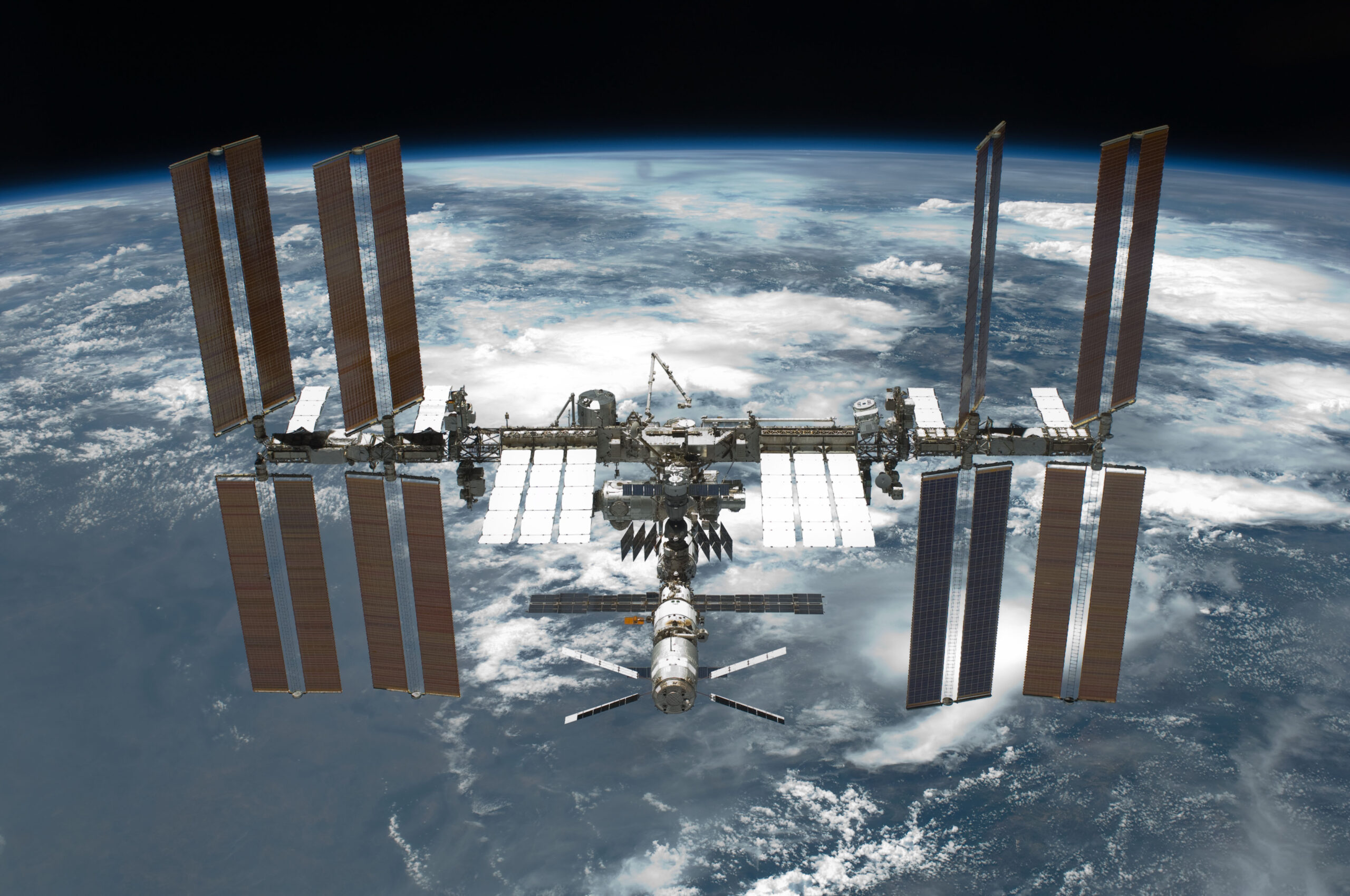
The International Space Station (ISS), launched in 1998, stands as the largest human-made structure ever built in space. A joint effort among NASA, Roscosmos, the European Space Agency, JAXA, and the Canadian Space Agency, the ISS orbits Earth at an altitude of 400 kilometers, traveling at speeds of over 28,000 kilometers per hour. The ISS serves as a microgravity laboratory for scientific research, providing invaluable insights into biology, physics, and astronomy. Its construction required numerous spaceflights and international collaboration, and its continued use represents the pinnacle of human achievement in space. As a symbol of peaceful international cooperation, the ISS plays a vital role in preparing for future deep space missions.
Hubble Space Telescope Launch (1990)
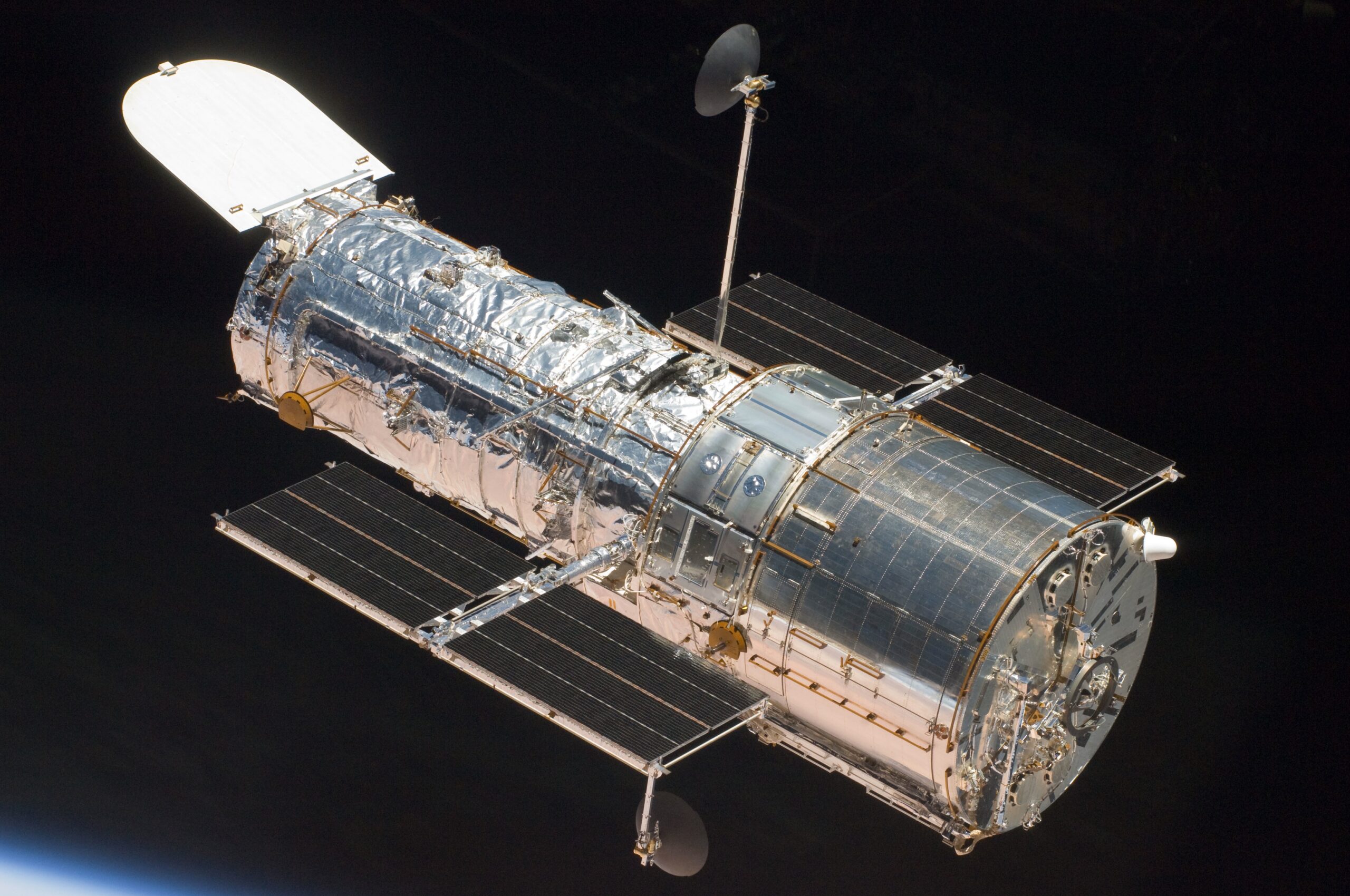
Launched in 1990, the Hubble Space Telescope became one of the most important tools for space exploration. It was positioned in low Earth orbit to avoid atmospheric distortion, enabling it to capture stunning, clear images of distant galaxies, stars, and nebulae. Hubble’s observations provided crucial data on the expansion of the universe and the existence of dark energy. Over the years, it has offered an unprecedented view into deep space, revolutionizing our understanding of the cosmos and making discoveries that would have been impossible from Earth’s surface.
Space Shuttle Program (1981)
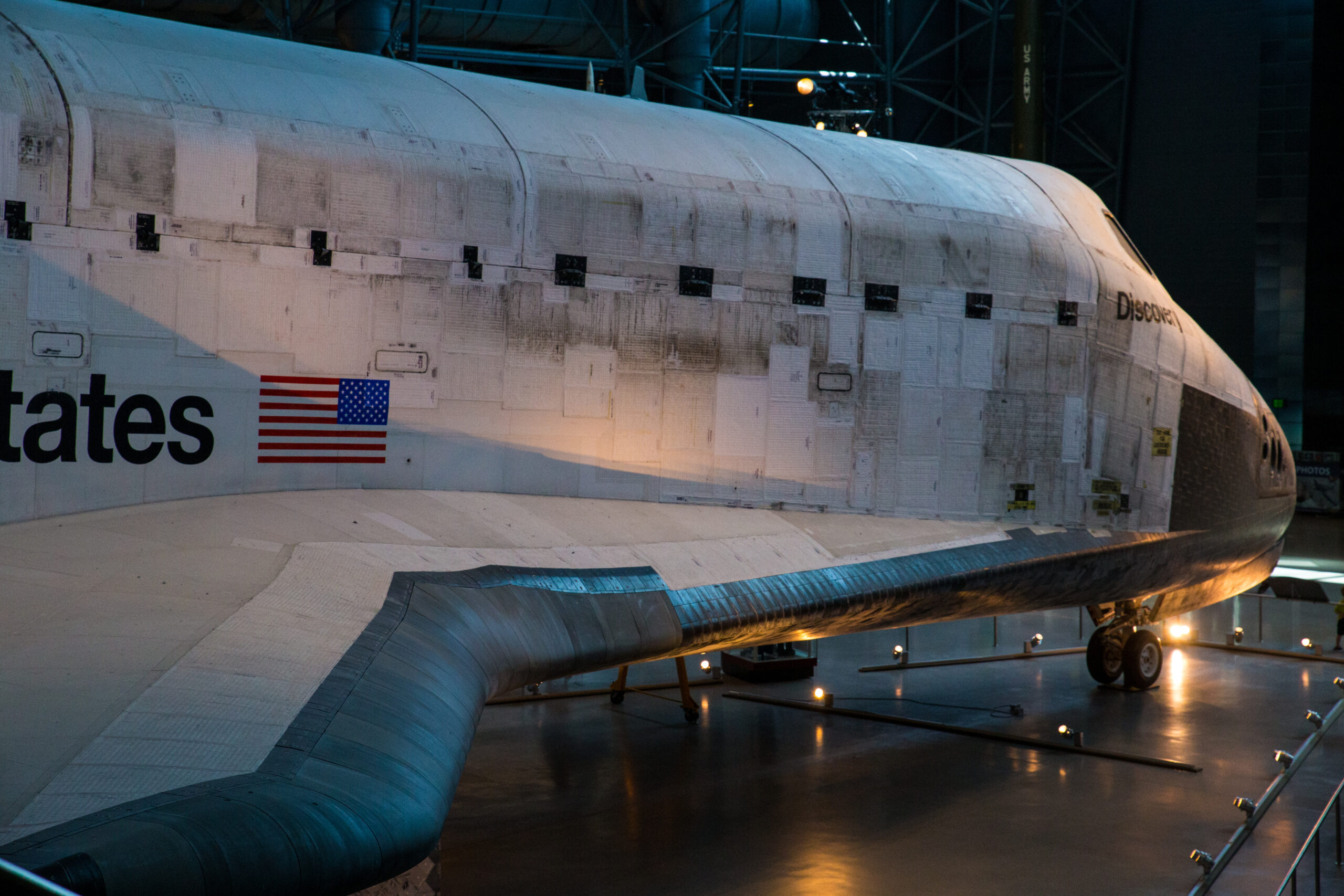
The Space Shuttle Program, introduced by NASA in 1981, revolutionized space travel with its reusable spacecraft design. Unlike previous rockets, the shuttles could return to Earth, be refurbished, and launched again. This innovation dramatically reduced the cost of space missions, making frequent trips to space more feasible. Over its 30-year run, the program completed 135 missions, delivering satellites into orbit, assembling the International Space Station, and conducting numerous scientific experiments.
SpaceX Falcon 9 Reusability (2015)
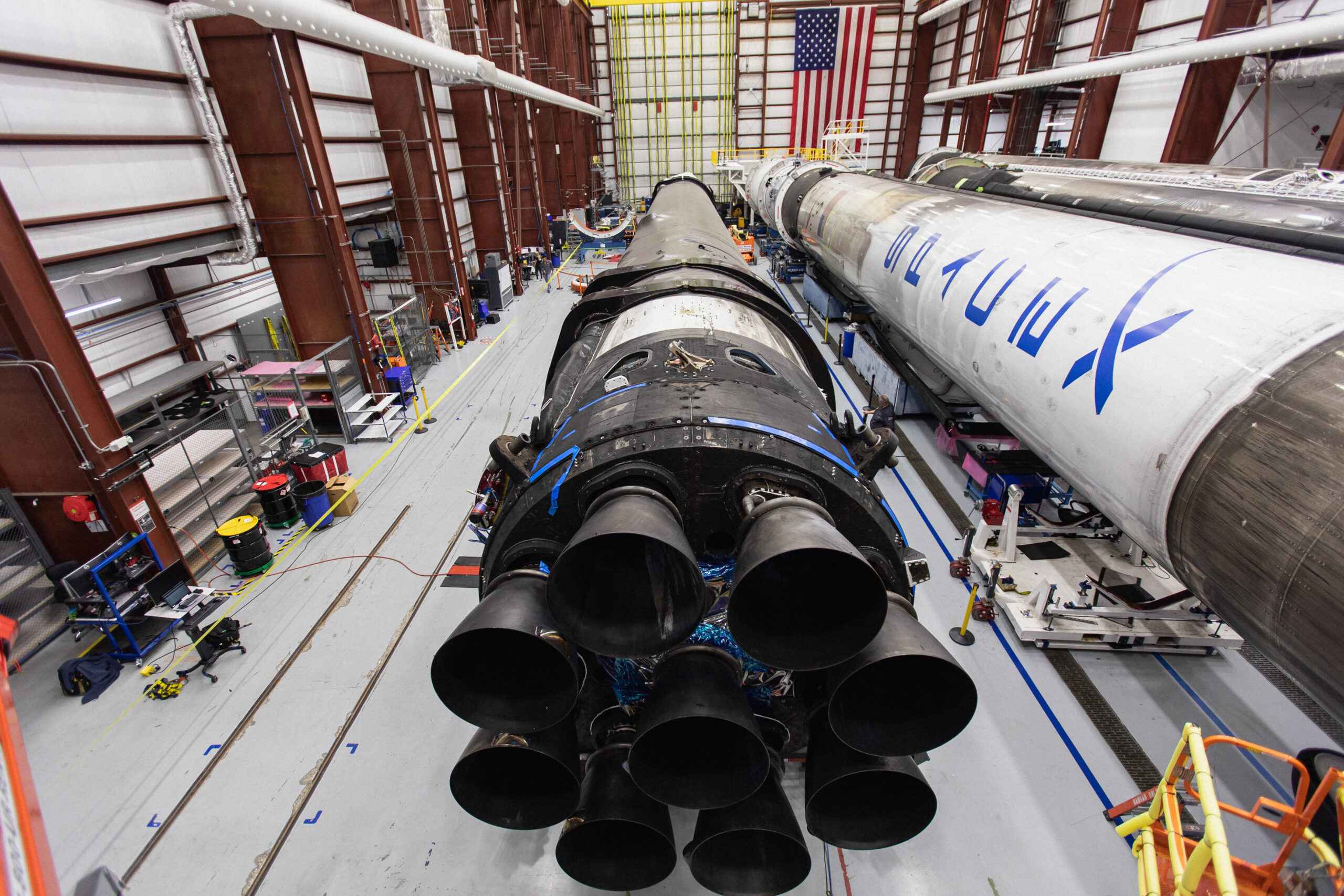
In 2015, SpaceX made history by successfully landing and reusing its Falcon 9 rocket. This was the first time an orbital-class rocket was recovered and reused, drastically lowering the cost of space travel. The breakthrough came after years of failed attempts but opened a new era of reusable space vehicles. This achievement has revolutionized the space industry by making space access more affordable, leading to regular commercial launches and laying the groundwork for future space missions.
Cassini-Huygens Mission to Saturn (1997)
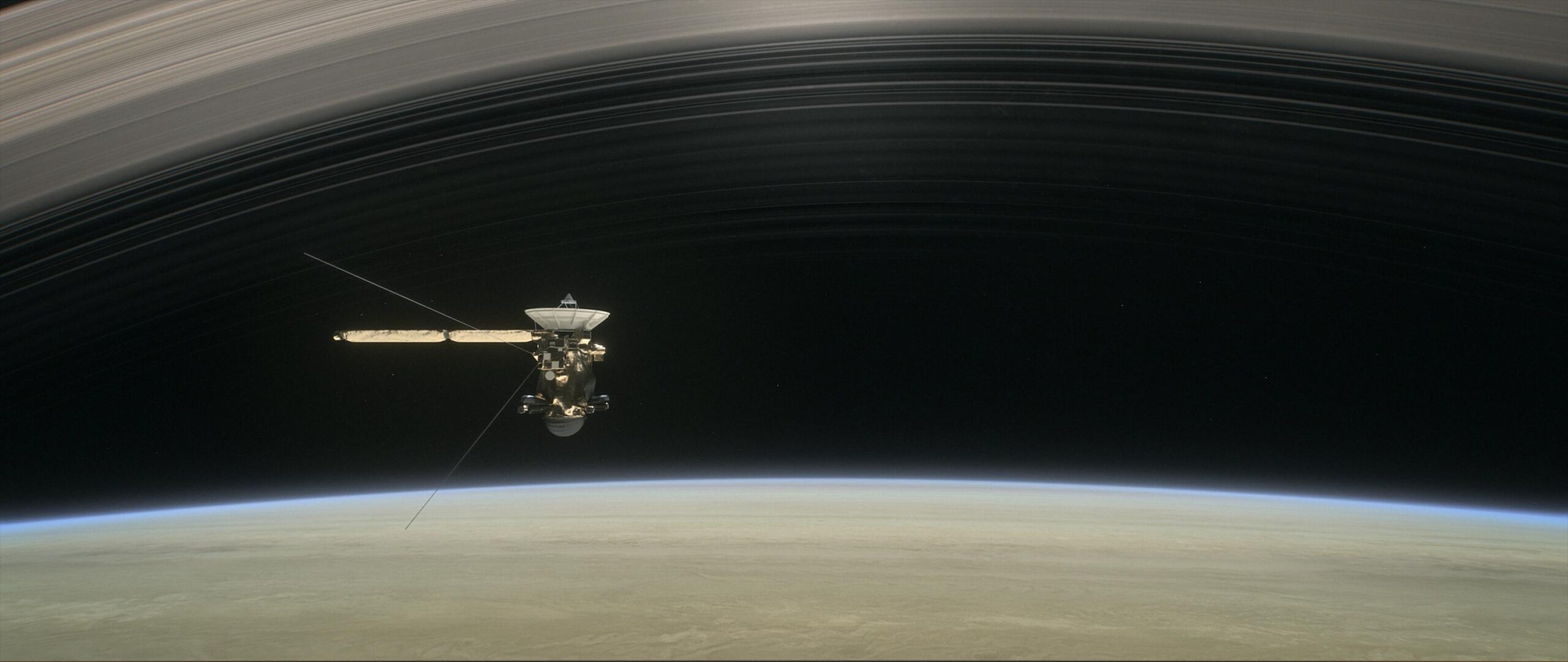
Launched in 1997, the Cassini-Huygens mission was the first spacecraft to orbit Saturn, providing invaluable data about the planet and its moons. Cassini spent over 13 years exploring Saturn’s system, sending back detailed images of the planet’s rings and discovering new moons. Its Huygens probe successfully landed on Titan, Saturn’s largest moon, revealing an Earth-like landscape of rivers and lakes made of methane. The mission ended in 2017 with Cassini’s dramatic dive into Saturn’s atmosphere, but its legacy continues to shape our understanding of the outer planets.
New Horizons Pluto Flyby (2015)
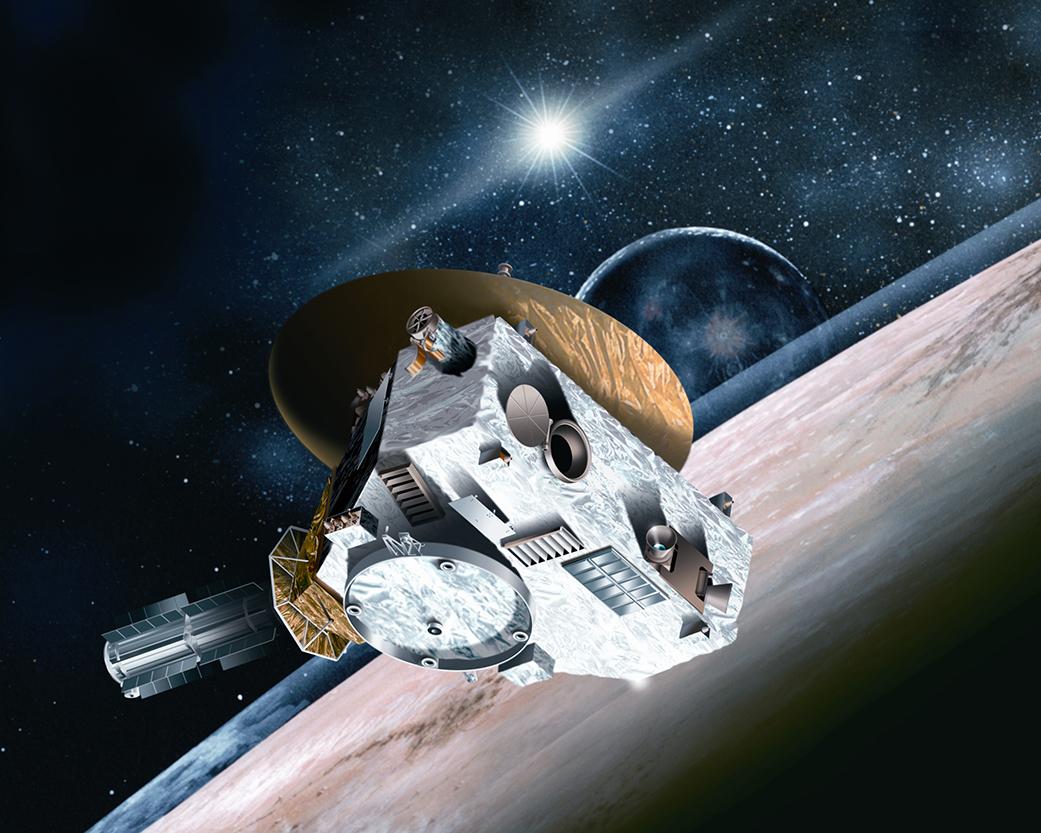
In 2015, New Horizons became the first spacecraft to fly by Pluto, offering humanity its first close-up images of the distant dwarf planet. After traveling nearly 10 years through space, New Horizons revealed stunning details of Pluto’s surface, including icy mountains and vast plains. This mission shattered long-held assumptions about Pluto, showing that even the most distant bodies in our solar system are dynamic and geologically active. New Horizons continues its journey, sending data from the outer edges of the solar system.
Mars Curiosity Rover Landing (2012)
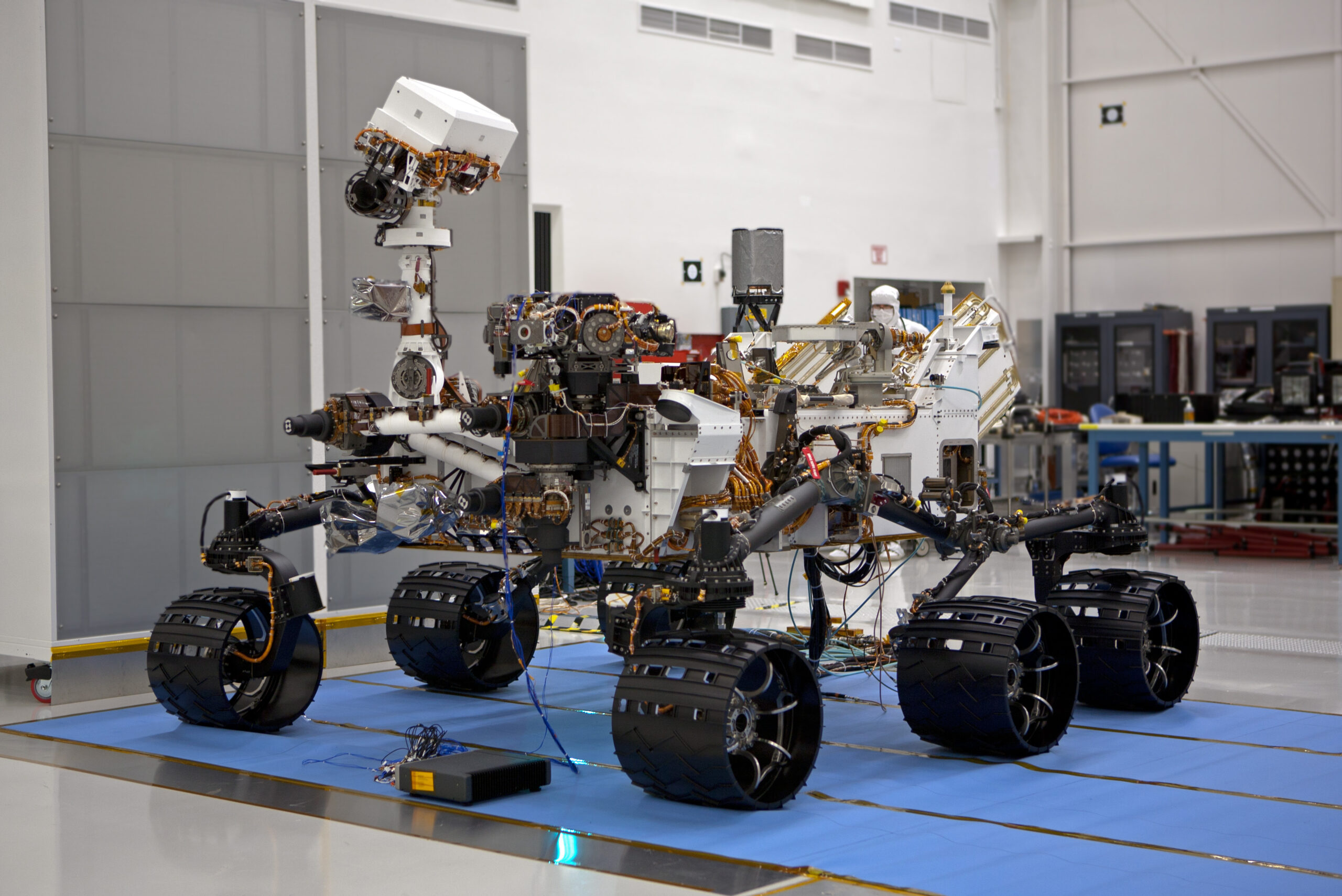
The landing of Mars Curiosity Rover in 2012 marked a new era of robotic exploration on the Red Planet. Curiosity, a car-sized rover, landed using a groundbreaking sky crane system and began exploring Mars’ Gale Crater. It has conducted extensive analysis of the planet’s geology, atmosphere, and potential to support life. Its findings, including the discovery of ancient water channels, have been crucial in shaping future missions to Mars, laying the groundwork for possible human exploration of the planet.
First Private Manned Spaceflight by SpaceShipOne (2004)
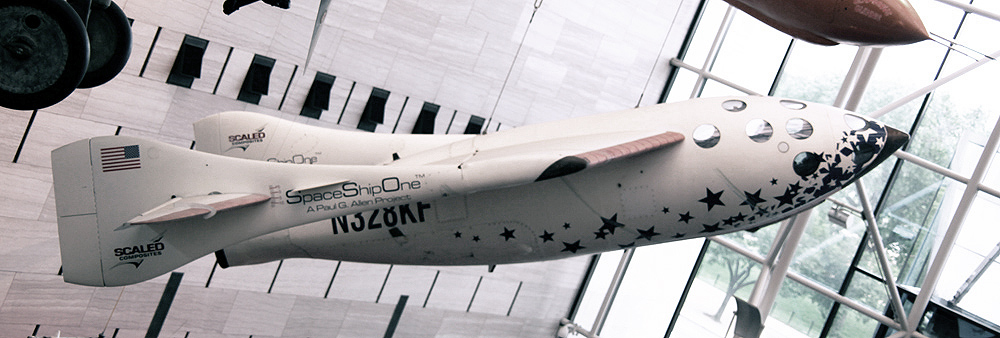
In 2004, SpaceShipOne became the first privately funded spacecraft to carry a human into space. This groundbreaking achievement, led by aerospace designer Burt Rutan and funded by Paul Allen, reached an altitude of 100 kilometers, officially entering space. SpaceShipOne’s success marked the beginning of commercial space travel, showing that private companies could achieve what had been exclusive to government agencies. This event paved the way for today’s rapidly growing space tourism industry and the commercialization of space travel.
Chang’e 4 Moon Far Side Landing (2019)
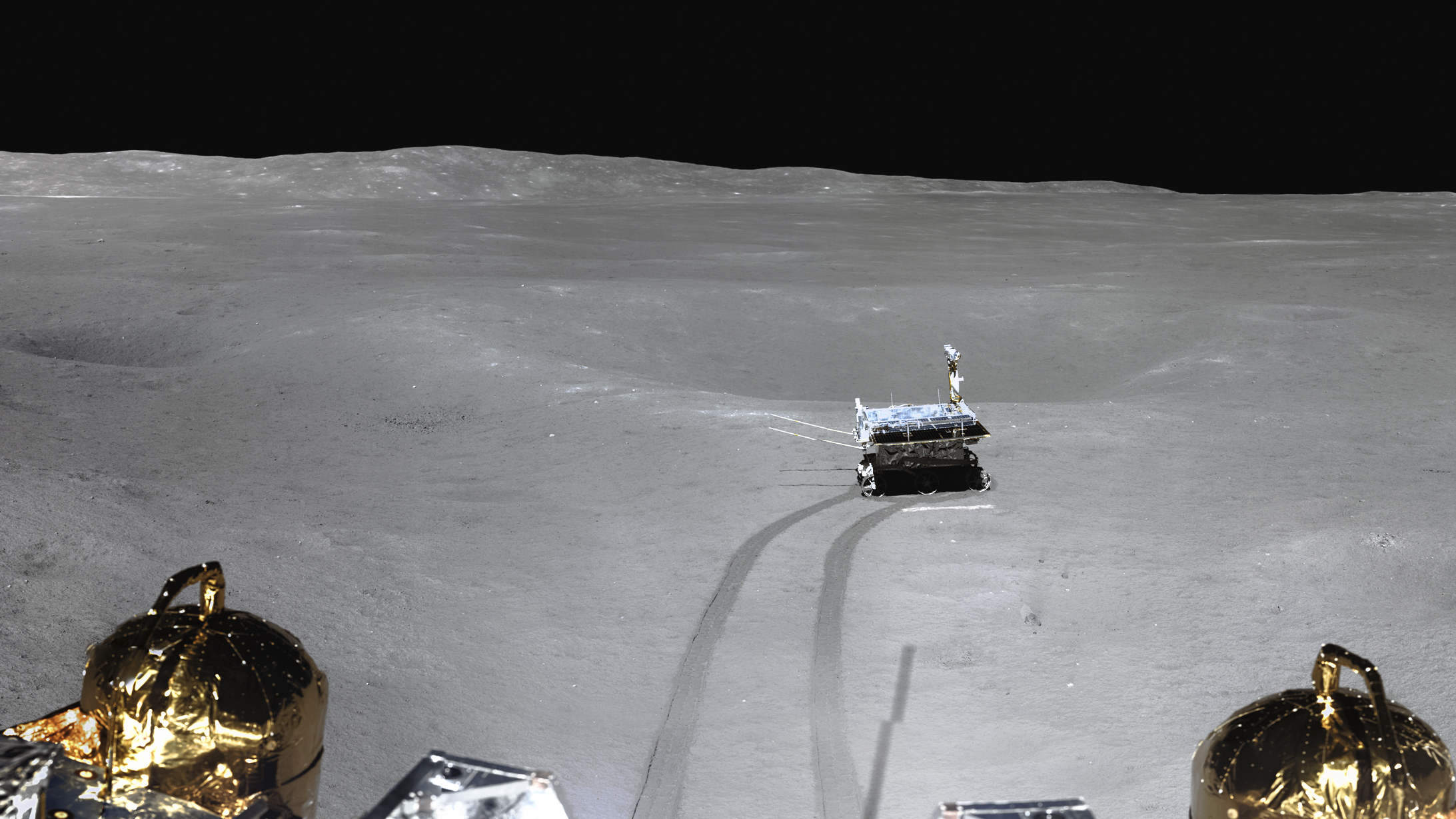
China’s Chang’e 4 mission made history in 2019 by becoming the first spacecraft to achieve a soft landing on the far side of the Moon. Landing in the South Pole-Aitken Basin, Chang’e 4 carried a rover, Yutu-2, to explore this previously uncharted territory. This mission allowed scientists to study the Moon’s far side and gather data about its surface composition and geological history. The success of Chang’e 4 demonstrated China’s growing capability in space exploration and provided valuable insights into the Moon’s less-studied regions.
James Webb Space Telescope Launch (2021)
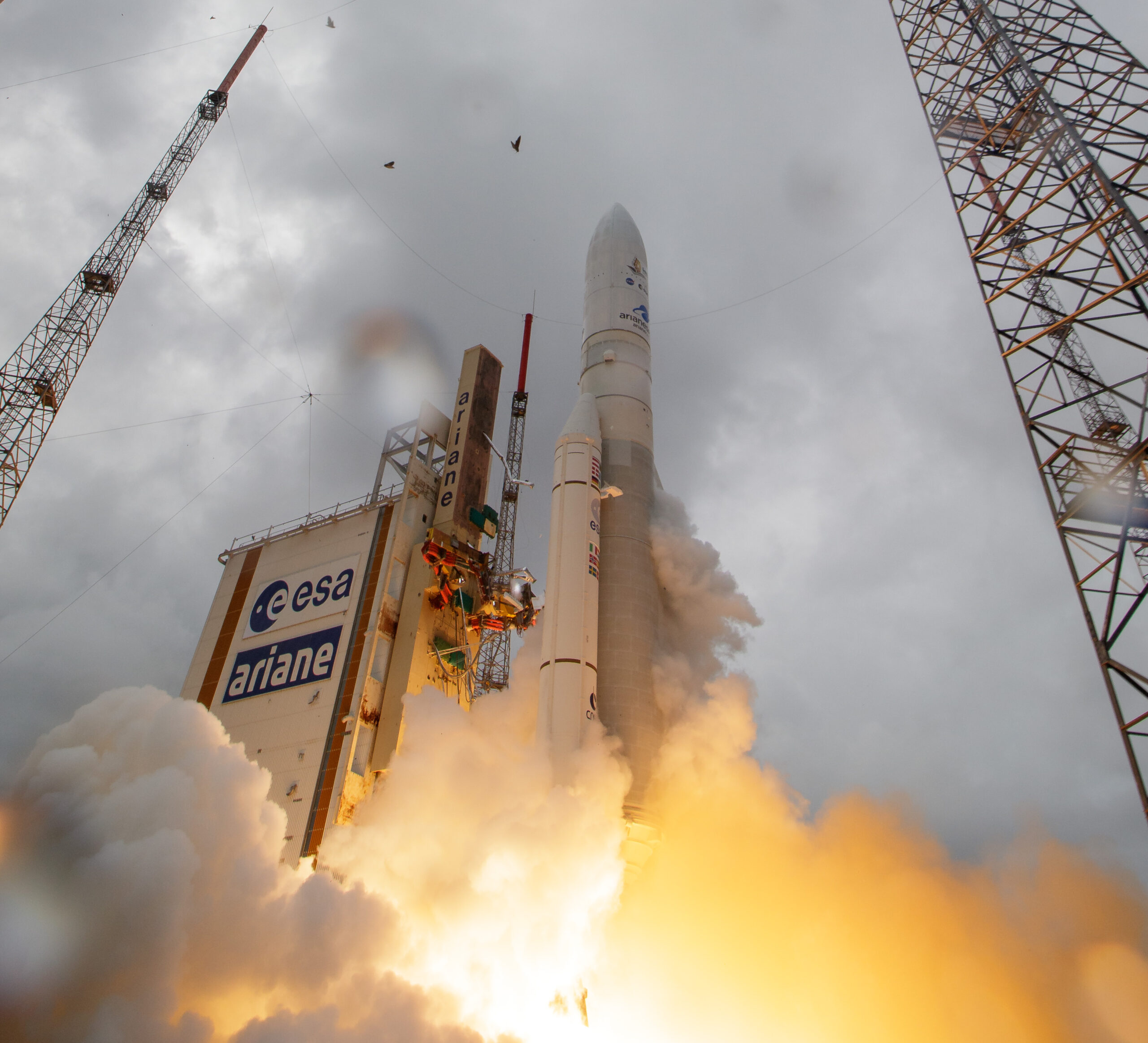
Launched in 2021, the James Webb Space Telescope (JWST) is the largest and most advanced space observatory ever built. Positioned nearly 1.5 million kilometers from Earth, JWST is designed to study the universe’s earliest galaxies, star formation, and planetary systems in unprecedented detail. Its powerful infrared instruments allow it to peer through cosmic dust and observe objects that are too faint or far for other telescopes. The launch of JWST marks a new era in astronomy, promising to uncover new discoveries about the universe’s origins.
First Orbit of Mercury (2011)
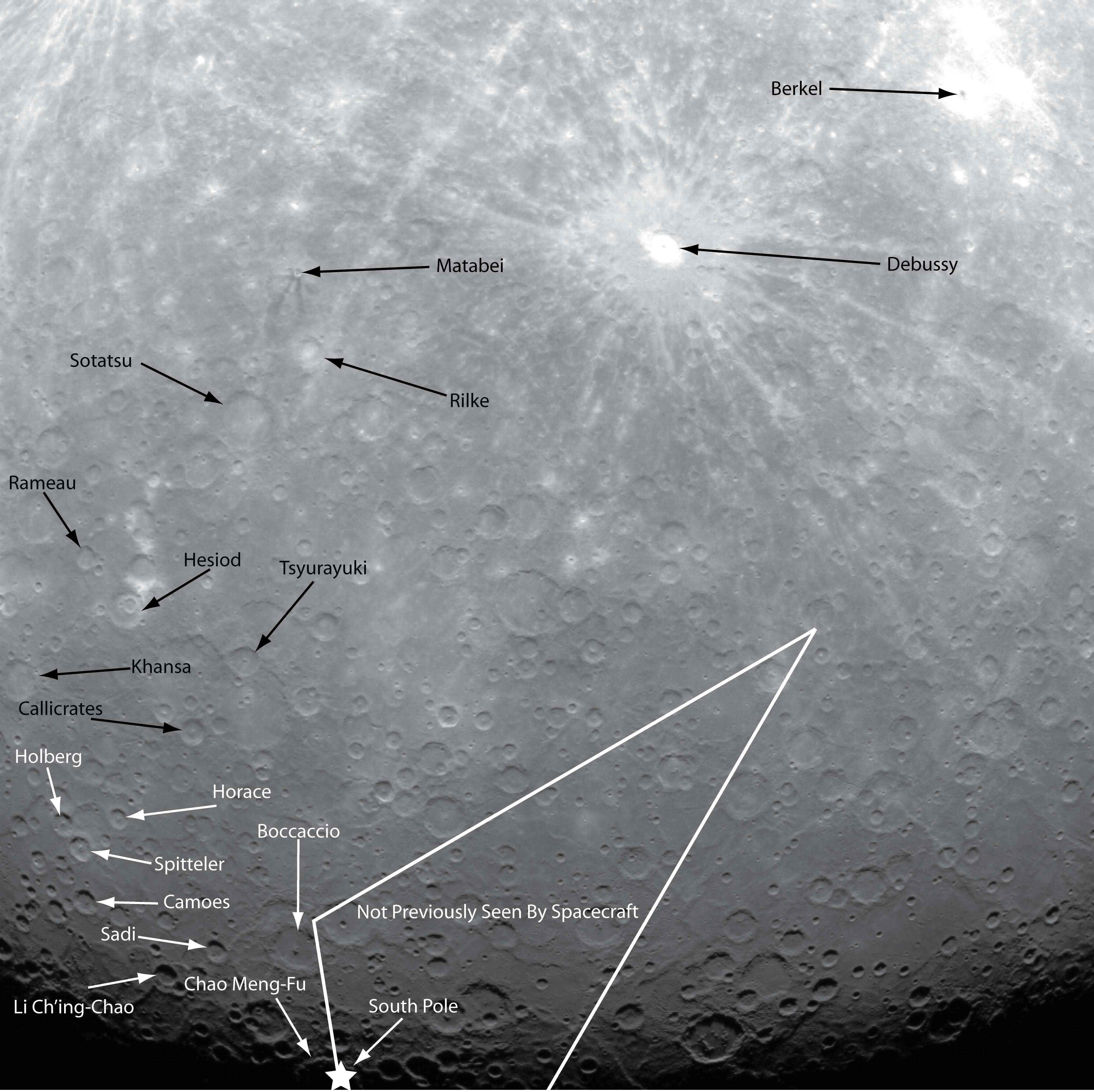
In 2011, NASA’s MESSENGER mission became the first spacecraft to successfully orbit Mercury, the closest planet to the Sun. After a six-year journey, MESSENGER entered Mercury’s orbit and provided detailed maps of its surface, revealing its unique geological features and magnetic field. The mission answered key questions about Mercury’s formation and composition, offering a closer look at a planet that had remained largely mysterious. MESSENGER’s success expanded our understanding of the innermost planet in the solar system.
First Flyby of Jupiter by Pioneer 10 (1973)

Pioneer 10, launched in 1972, became the first spacecraft to pass through the asteroid belt and make a close flyby of Jupiter in 1973. As it passed within 132,000 kilometers of Jupiter’s cloud tops, Pioneer 10 captured detailed images and collected data on the planet’s atmosphere, magnetic field, and moons. This mission provided the first close-up images of the gas giant and opened the door for future exploration of the outer planets. Pioneer 10’s journey was a major milestone, proving that deep-space exploration was possible.
Perseverance Rover Landing on Mars (2021)
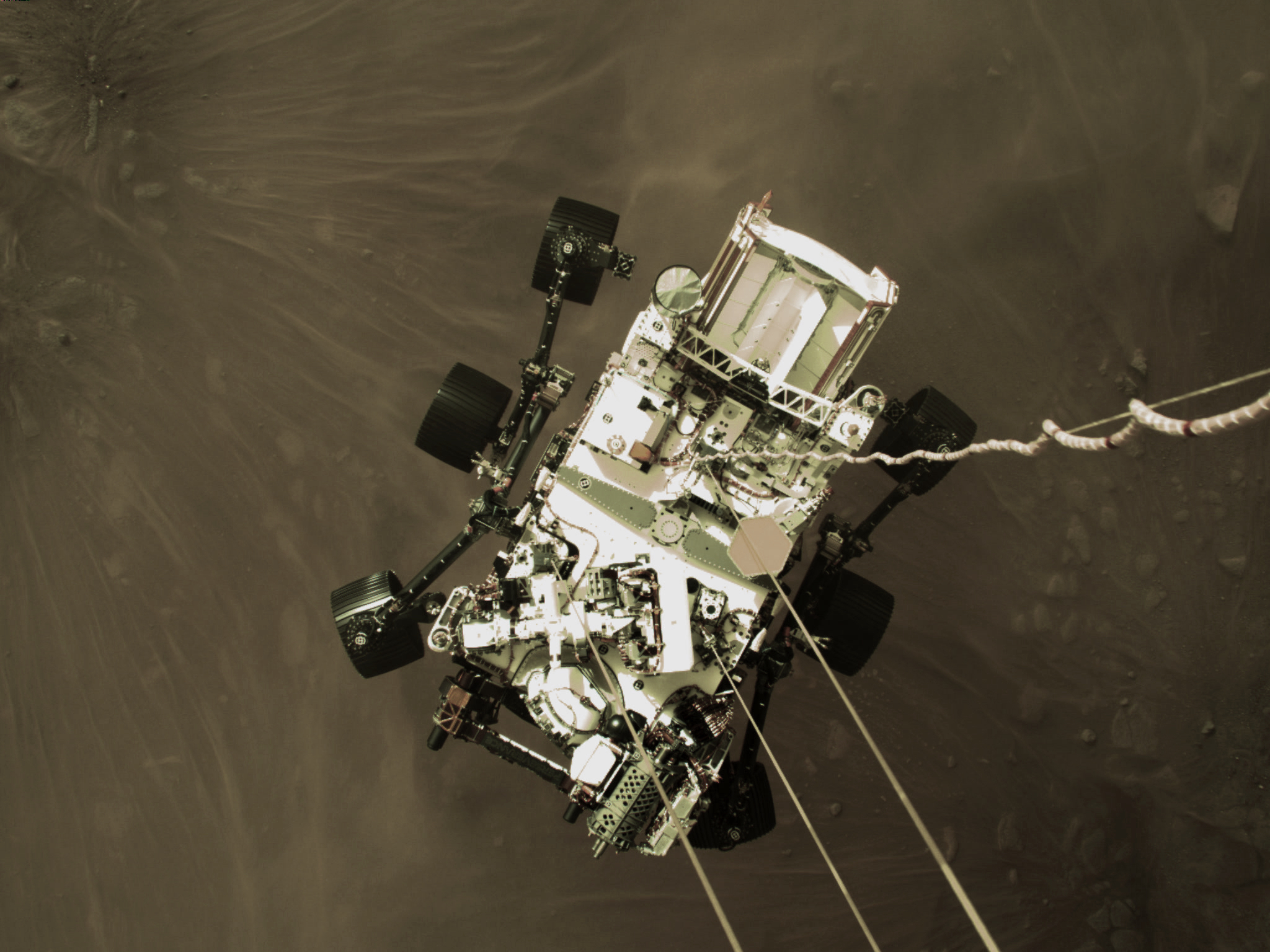
NASA’s Perseverance Rover, which landed on Mars in 2021, is the most advanced rover ever sent to the Red Planet. It landed in Jezero Crater, an ancient lakebed believed to have once held water, where it searches for signs of ancient life. Equipped with cutting-edge tools, including a small helicopter, Perseverance collects samples for future missions and tests technologies that could support human exploration of Mars. Its mission represents a crucial step toward understanding Mars’ past and preparing for human exploration.
This article originally appeared on Rarest.org.
More from Rarest.org
11 Fascinating Caves with Geological Formations Found Nowhere Else
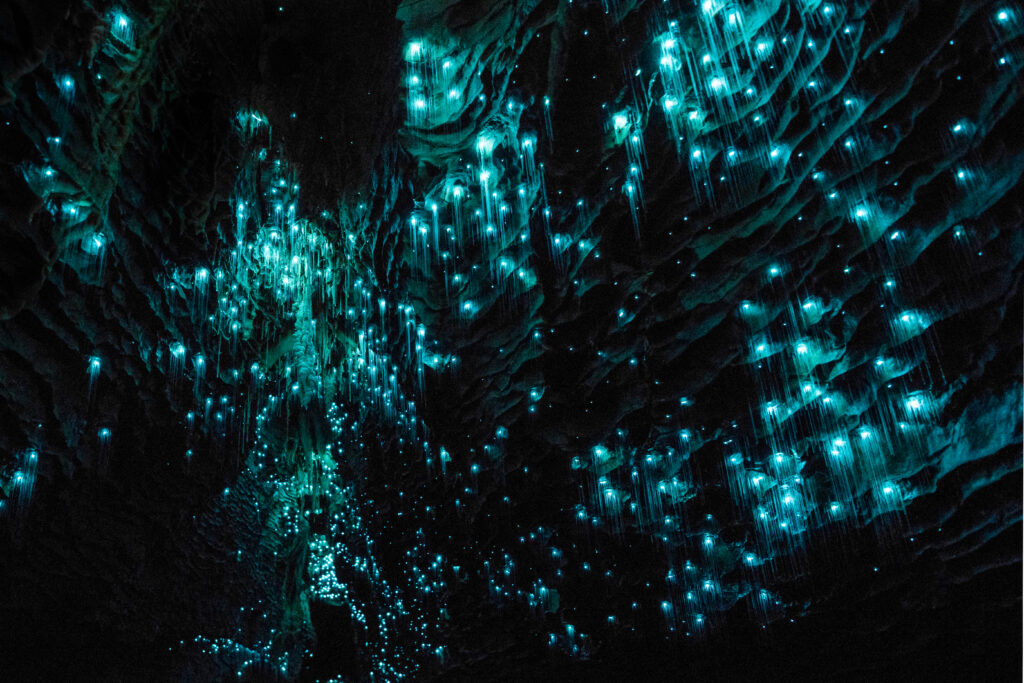
Caves are some of the most fascinating natural wonders, shaped over millions of years by water, wind, and geological forces. Read More.
9 Prestigious Cufflink Brands for the Discerning Gentleman

A fine pair of cufflinks speaks volumes about a gentleman’s taste. It’s not just an accessory; it’s a statement of elegance and attention to detail. Read More.
15 Most Notable Scientific Discoveries in History

Throughout history, countless scientific discoveries have transformed the way we understand the world and shaped the course of human progress. Read More.
